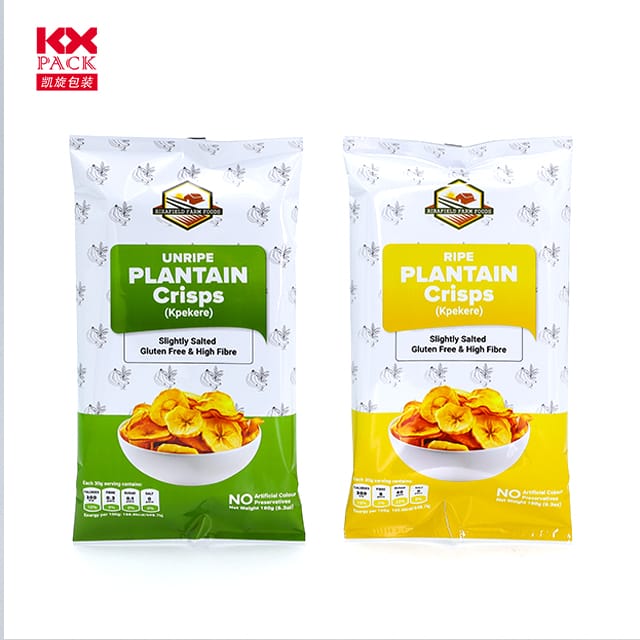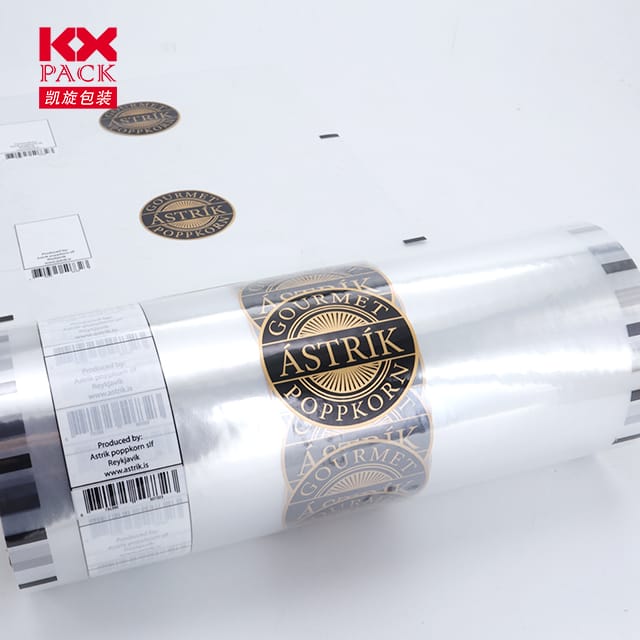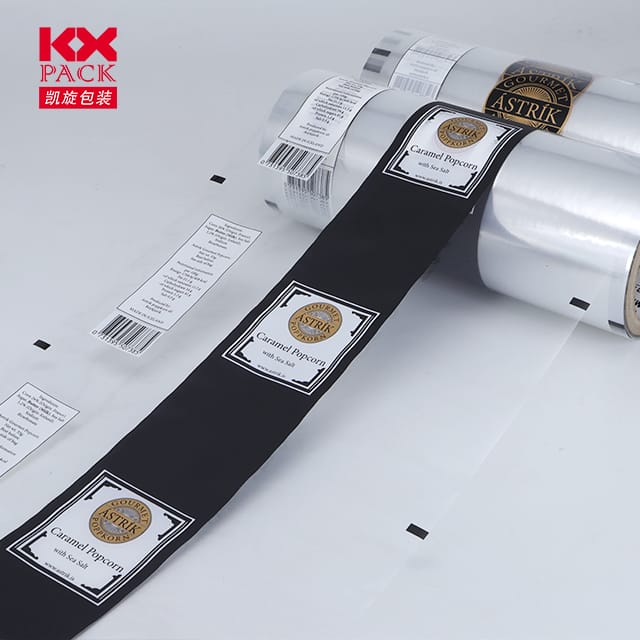Membatalkan pembungkus kebenaran: Dampak film plastik pembungkus makanan dan alternatif berkelanjutan (7)
Film plastik pembungkus makanan
Dalam kehidupan kita yang serba cepat, Bungkus plastik telah menjadi bahan pokok dapur - berlapis, nyaman, dan tampaknya sangat diperlukan. Tetapi seiring dengan kekhawatiran lingkungan tumbuh, saatnya untuk melihat lebih dekat pada yang tipis, film transparan yang kita gunakan sehari-hari. Mari kita mengungkap fakta tentang film plastik pembungkus makanan, dampaknya, and how we can make smarter choices.
What Is Food Wrapping Plastic Film?
Film plastik pembungkus makanan, often called “bungkus plastik” atau “cling film,” is typically made from polietilen (pe), a lightweight and flexible plastic polymer. It’s designed to cling tightly to containers, keeping food fresh by blocking air and moisture. While it’s undeniably handy for covering leftovers, wrapping sandwiches, atau menyimpan hasil bumi, its convenience comes at a cost.
Tol Lingkungan
- Single-Use Plastic Waste
Plastic wrap is a single-use item, meaning it’s used once and discarded. Only 9% of global plastic waste is recycled, Dan Film plastik pembungkus makanan is notoriously difficult to recycle due to its thin, stretchy texture. Most ends up in landfills, where it can take centuries to decompose, or worse—pollutes oceans and rivers. - Microplastic Contamination
As plastic film breaks down, it fragments into microplastics, which infiltrate soil, water, and even the food chain. Studies show humans ingest hingga 5 grams of microplastics weekly via food and water—a concerning statistic with unknown long-term health impacts. - Jejak Karbon
The production of plastic film relies on fossil fuels, berkontribusi terhadap emisi gas rumah kaca. Manufacturing just 1 kilogram of polyethylene generates around 2.3 kilograms of CO2.
Is There a Safer Alternative?
Ya! Eco-conscious brands and individuals are pioneering alternatives that balance practicality with sustainability:
- Reusable Wraps
- Lilin lebah membungkus: Coated in beeswax, minyak jojoba, and tree resin, these cloths mold around containers and can be washed and reused for up to a year.
- Tutup silikon: Elastis, airtight lids that fit over bowls and containers, dishwasher-safe and durable.
- Film kompos
Made from plant-based materials like cornstarch or potato starch, these films break down in industrial composting facilities. Namun, they’re not suitable for home composting and require specific conditions to decompose fully. - Wadah Kaca atau Stainless Steel
Ditch single-use plastics entirely with airtight containers that last a lifetime. Pair them with silicone lids or cloth covers for zero-waste storage.
How to Reduce Your Plastic Film Use
- Beli dalam Jumlah Besar: Purchase larger quantities of food to minimize packaging waste.
- Plan Meals: Reduce leftovers by cooking only what you need.
- DIY Alternatives: Make your own beeswax wraps using fabric scraps and beeswax pellets.
- Recycle Right: Check local recycling guidelines—some areas accept clean plastic wrap for recycling.
Masa Depan Pengawetan Makanan
Innovation is key. Companies are exploringedible coatings (made from ingredients like chitosan or lactic acid) Danmycelium-based materials (fungal networks that biodegrade naturally). While these solutions are still emerging, consumer demand can drive their adoption.
Pilihan Anda penting
Setiap kali Anda meraih bungkus plastik, Ingat: There’s a more sustainable way to protect your food. By opting for reusable or compostable alternatives, you’re not just preserving freshness—you’re helping preserve the planet.
Let’s cling to change, not plastic. 🌍
Has this inspired you to rethink your kitchen habits? Share your favorite eco-friendly food storage hacks below!
Kata kunci: film plastik pembungkus makanan, sustainable alternatives, plastic pollution, eco-friendly kitchen, compostable wraps, microplastics, reusable containers







